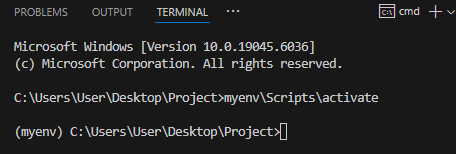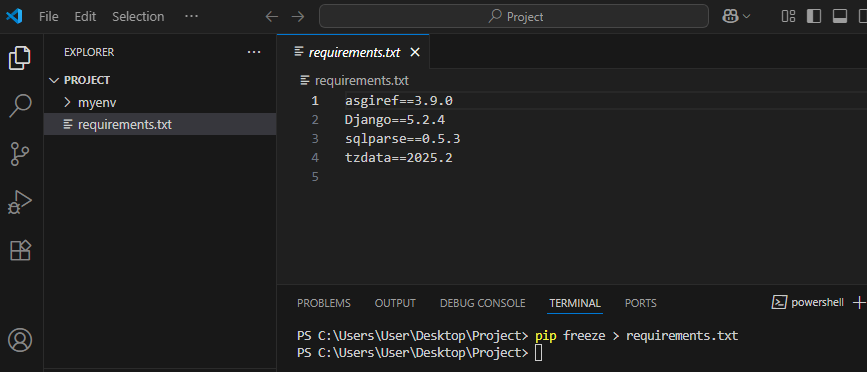Create Virtual Environment Django – 2025 Beginner-Friendly Setup
Create virtual environment Django properly and you’ll save yourself from future headaches. If you’re new to Django or setting up multiple projects, using a virtual environment helps you manage dependencies safely, avoid version conflicts, and work in an isolated, clean environment.
This guide will help you create a virtual environment in Django using Python’s built-in tools — step by step — with examples for Windows, macOS, and Linux. You’ll also learn how to activate it, install Django, and save dependencies to a requirements.txt file.
Why Create Virtual Environment Django?
When you create virtual environment Django projects live in their own self-contained space. This means:
- No interference with system-wide Python packages
- Different projects can use different versions of Django
- Easy to replicate and share using
requirements.txt
You can find official documentation for Python’s venv module and Django project setup as well.
Step 1 — Create Virtual Environment Django with venv
Open your terminal and run:
python -m venv myenvFor macOS/Linux:
python3 -m venv myenvThis creates a folder named myenv that contains your isolated Python environment.

Step 2 — Activate Your Virtual Environment
After you create virtual environment Django, activate it with:
- Windows:
myenv\Scripts\activate - macOS/Linux:
source myenv/bin/activate
You’ll see (myenv) in your terminal, confirming it’s active.

Step 3 — Install Django and Save Requirements
Now install Django in your virtual environment:
pip install djangoSave all packages to a requirements.txt file:
pip freeze > requirements.txt
Step 4 — Reuse the Same Environment Later
To recreate the same environment on another computer, run:
pip install -r requirements.txtThis makes collaboration and version control much easier.

Step 5 — Deactivate When Finished
To exit the virtual environment and return to your system Python:
deactivateInternal Tip from SupportSolved 💡
Looking for more guides and fixes? Explore our Software category for more tutorials and troubleshooting articles.
Conclusion
To sum up: always create virtual environment Django projects before installing packages. This keeps your setup clean, consistent, and portable. You’ll avoid dependency issues and make your development process more professional.
Want more tips? Follow SupportSolved for Python, Django, and full stack tutorials updated for 2025.
Meta: Create virtual environment Django with venv, pip, and requirements.txt. This full guide helps you start your Django project cleanly.
